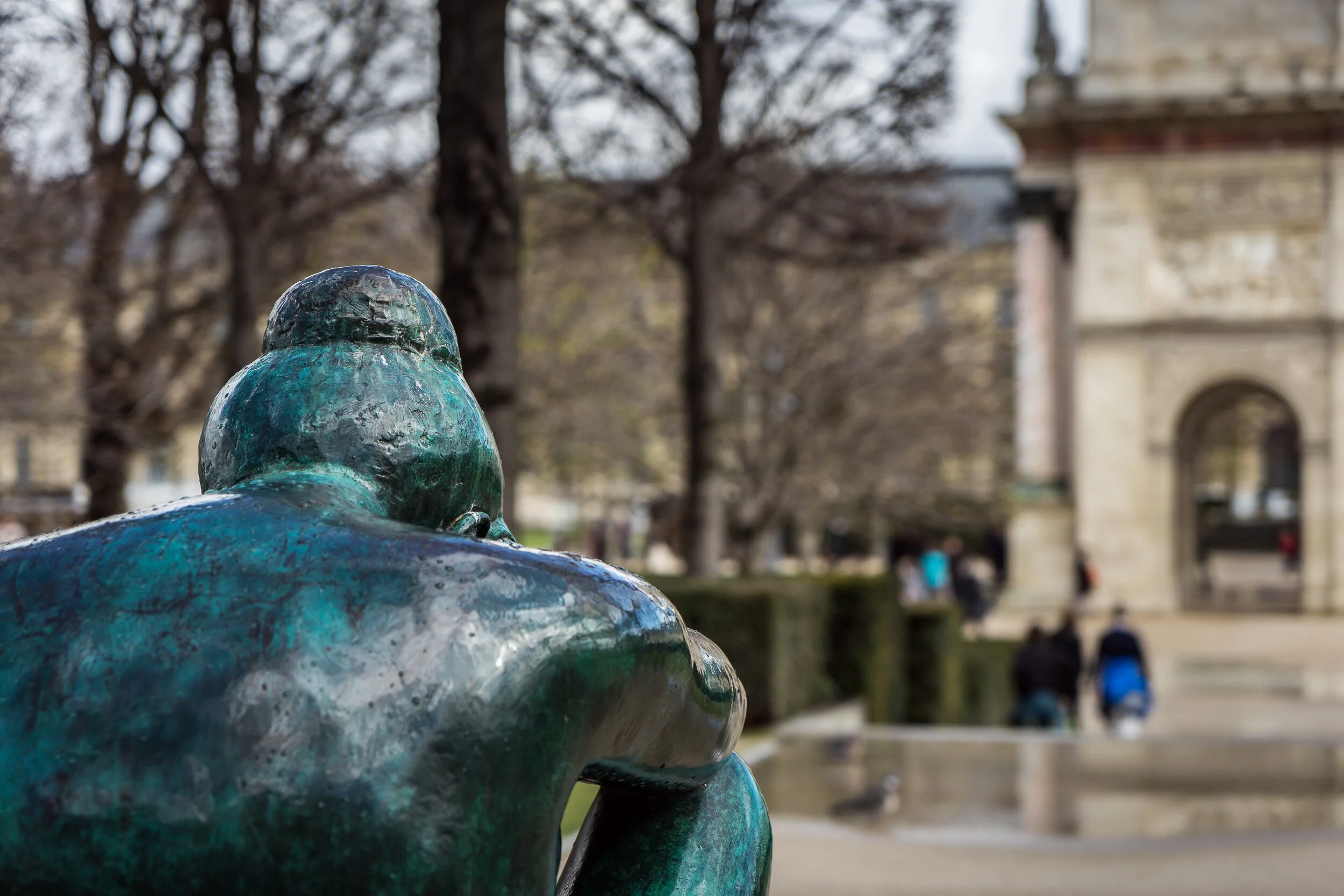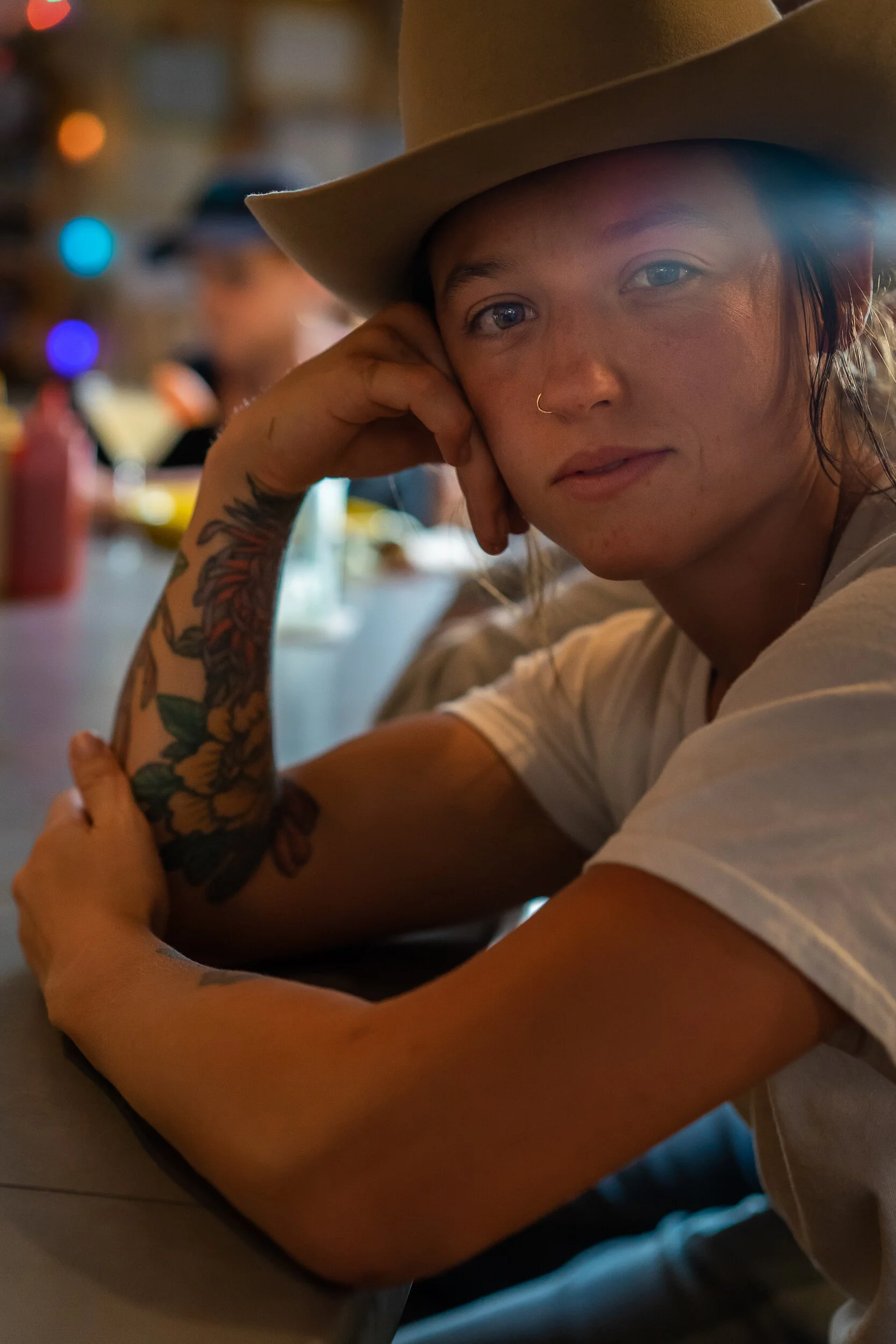Relationship counseling for you and your camera
Is your camera your friend? Or your foe? For me it can be both. Or I should say it used to be both. We've been through some counseling together and now we are quite close.
Do I know what every single setting on my camera means and how to adjust it? No. But I do know the basics. And that is REALLY important for this relationship to be successful.
Say you have a camera. Say that camera has the ability for adjustments such as aperture, shutter speed, ISO, focus settings… And now let's say you only use the automatic setting anyway, so does all of that stuff still matter? Yes it really does, and you're going to find out why.
Many of my students have said something like "I have a camera but it's in my closet and I don't get it out because I don't know how to use it". Or even "I have a nice camera but just shoot in automatic mode because I don't know how to do anything else".
So first of all, let's get past the fear. We're going to take fear and put him on a shelf for safe keeping - we'll get back to him later.
Now let's get out our cameras. My camera dials will NOT look like yours. They say generally the same things, but each camera has their own way of saying it. For example, my Sony uses A for aperture priority, S for shutter speed priority, M for manual, Auto for automatic, etc. Where Canon uses Av for aperture priority, Tv for shutter speed priority (go figure on that abbreviation), and then has little pictures of a face for portrait mode, a mountain for landscape mode, etc.
My Sony top dials (looks like she needs a little cleaning!)
Settings on the screen side - each camera looks a little (or lot) different
The point is that YOU have to learn YOUR camera. How?? Well, there's always the manual. Did you run away? Back to fear and snatch him off the shelf? I feel you. I don't know exactly why, but that's the reaction I have to the camera manual. It seems like so many words that don't make much practical sense.
Another option is to go to YouTube (stay away from the cat videos…I mean it!) and search for your camera. Chances are there are a plethora of instructional videos on how to use your specific camera.
Let me emphasize - this exercise is NOT for you to memorize every single function on your camera. It's to understand the basics. Let's start with the top dial. Do you know what each abbreviation means? Like A on my camera means aperture priority mode. When my camera is in that mode I CHOOSE the aperture, and MY CAMERA CHOOSES the rest. How about that picture of a little face? Probably means portrait mode - but do you know what that MEANS? Likely your camera will automatically use a large aperture (small number) which will help keep your subject in focus and the background out of focus.
Nobody is expecting you to go from fully automatic to fully manual. You don't even HAVE to shoot in manual to create amazing photos. BUT you do want to achieve a certain comfort level with your camera, so that you can experiment and try new things. THAT is what will make your photos amazing.
This is a photo taken at the Louvre Museum grounds in Paris. It was shot with aperture priority mode, and I chose aperture of f4. The camera picked the rest of the settings (ISO, shutter speed)
OK, back to your camera. Another option to investigate is the focus mode. This was always a sticky one for me. There are SO many options, every camera is different, and I have struggled to figure out which one works best for me. We are going to start simple.
For focus I recommend starting with single shot auto focus, with your focus area being in the center. Now if THAT made you go back to the shelf with fear on it, put him back. It's not time for him yet. Focus is something we all have to do. Generally by pressing the button (the one you use to take your photo) half way down, that's how you focus.
When you focus, if you have one square in your screen, then you are on single focus mode. If you have multiple squares, then you are in a zone mode, where your camera focuses on an entire area rather than just a middle spot. Now if whatever focus mode your camera is in right now is working, then leave it alone. We'll get back to focus later.
Figuring out how your camera works happens only one way - EXPERIMENTATION. Do NOT let that fear come off the shelf yet! I know, I know, you are afraid that IF you experiment, you'll change a camera setting that screws up your whole camera and you will never figure out how to fix it. Well stop it. That's not going to happen.
Start with one. One setting you are going to try. Let's take for example, the Portrait setting on your dial (probably a little face will indicate this setting). First, google your camera and look up EXACTLY what that setting MEANS. What is your camera doing for you automatically in that setting?
Now take your camera, put in it Portrait mode, and make some photos. Lots and lots of photos of your dog, your kids, your husband, your neighbor, the post person. Whomever you see and want to practice on, go forth and practice.
Portrait at Tesuque Village Market, outside Santa Fe, New Mexico. This is likely what type of photo would result if your settings were on “portrait mode”.
I learn best when I bite off little chunks of knowledge, make them practical, and digest them - BEFORE moving on to the next bit. (Not at all like I consume pizza, for the record). So take ONE setting at a time, practice, understand what it means and how it affects your photos. Then move on to the next one.
Now back to fear - he's still on the shelf…right? Well fear does have a purpose. I would say more for 'jump off the tracks, the train is coming’ to save your life kind of purpose, but he does have a purpose. What is NOT his purpose is to hold you back from your creativity, your experimentation, your journey to create amazing photos. He has no place here.
You, your camera, and fear have to figure out how to have a working relationship, and communicate better. That's the only way you're going to do this better. It's not difficult. You just have to do it. But I'm with you.
AND if you screw something up on your camera, and just can't figure it out - not even YouTube or Google can help. Then head on down to your local camera shop. Here in California we have Mike's Camera, which is full of folks who know cameras like nobody's business. They can very likely help you figure out what is going wrong with your camera.
See? I have taken away all excuses. Oh you have more? Well leave them in the comments, my friend. Because I'm betting I can dispel those too - I'm really good at this.
Just to make this all easier, I created a Camera Settings Cheat Sheet. This is a handy resource that you can keep beside you when you do your research and experimentation. If you haven't grabbed that yet, then you can do so right here.
OK, time for some experimentation. We're going to look at this as fun NOT intimidating. No pressure, there's no deadline, no judgement, just fun. Are you with me?? Then let's get out those cameras and open the lines of communication. I can't WAIT to see the results!




